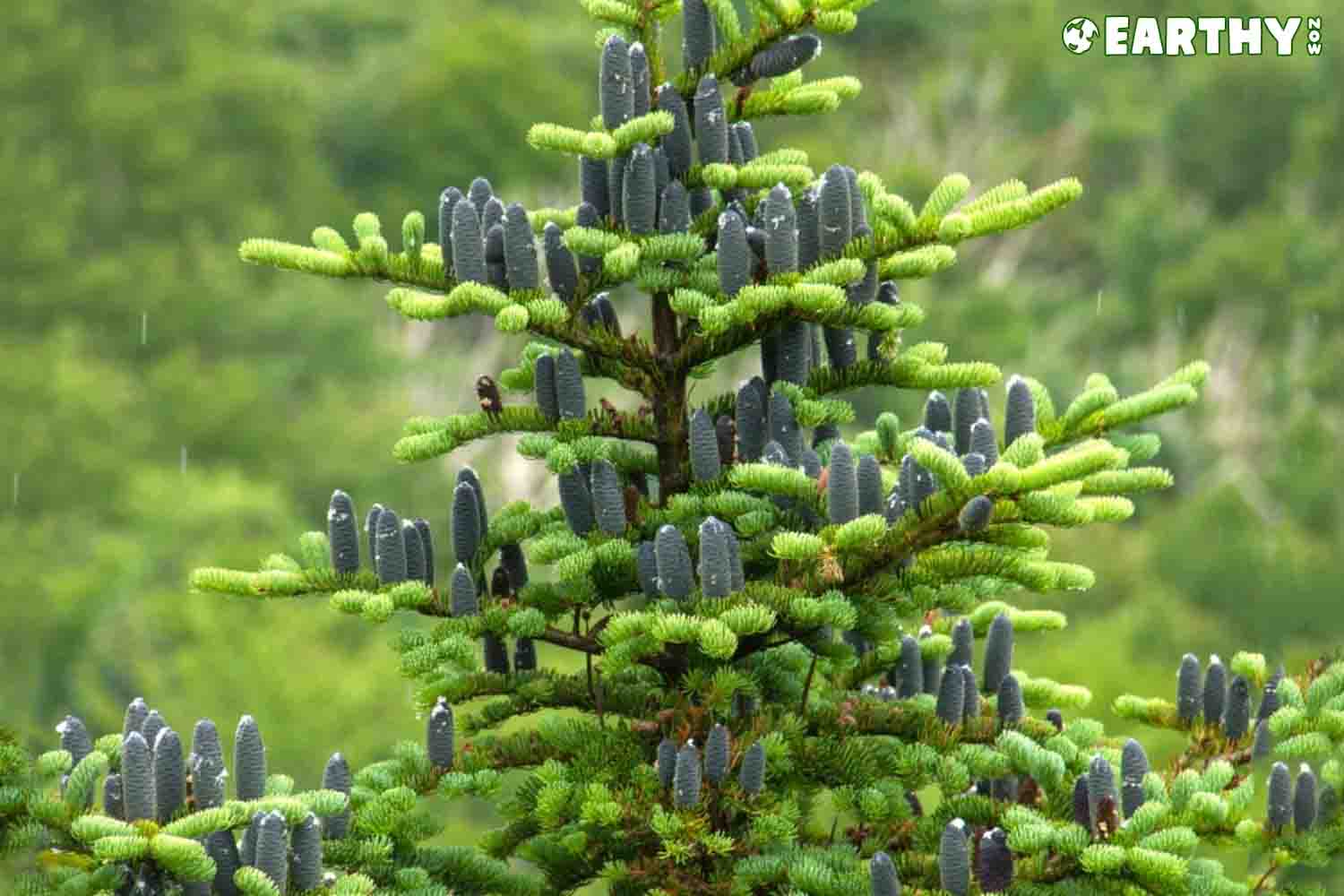A mainstay of traditional Chinese practices, borneol is a terpene found in plant species such as cannabis, ginger, camphor, thyme, and rosemary. This robust terpene is known for its earthy, minty, balsamic scent and flavor, as well as the cooling sensation it produces.
Here we’ll dive into the benefits of and uses for borneol as well as shed light on what makes use of this terpene especially intriguing for manufacturers and consumers alike.
What are terpenes?
Recently, there’s been a lot of talk in cannabis circles about terpenes. But, what exactly are they? In short, terpenes are aromatic chemical compounds found in the essential oil of every plant, not just in cannabis. Not only do they equip our favorite strains with their distinctive scents, but terpenes also play a part in the effects we feel from the plant through the entourage effect. We’ll explain more about this shortly.
But before terpenes offer their charms to humans, they serve plants in nature by giving off scents that protect them.
A natural occurrence in plants, terpenes play a powerful role in a plant’s survival. Essential oils with high concentrations of repellant terpenes, for instance, keep a plant safe from being eaten by insects or other animals. In contrast, many essential oils have terpenes with attractive smells. These terpenes play a vital role in luring helpful insects to flowers to serve the plant’s reproductive strategy through pollination [1].
What is borneol?
Borneol is a slightly soluble bicyclic organic compound that occurs naturally in many plants. This aromatic terpene is widely used in the production of materials such as soap, detergent, fragrances, and pharmaceuticals.
Noted for its balsam, woody notes and sweet, lavender-like scent, borneol is a popular terpene among cannabis enthusiasts.
Borneol has different forms and names, and all of these variations are chemical compounds derived from plants. Borneol has two enantiomers: (+) borneol and (-) laevo borneol (l-borneol). Borneo camphor is a compound derived from plants such as Dryobalanops aromatica, (camphor tree, Malay camphor, or Sumatran camphor). In contrast, racemic borneol is prepared by a chemical reduction of camphor from pinene [2].
Camphene: Lamp Fuel to Soothing Balm
Uses for borneol
Along with its uses in the perfume, cannabis oil, food, beverage, and pharmaceutical industries, borneol is used as a component of many alcohol-based insect repellents. Balsamic vinegar has its main flavors coming from Borneol, and is subsequently perfect for being used in many dressings and vinaigrette for salad and other foods.
Additionally, it is commonly used in Chinese traditional practices Whereas the dextro borneol (d-borneol) was the enantiomer that used to be the more readily available from Asian plants, now the more commercially available enantiomer is laevo borneol (l-borneol). The latter product is also known as Mei Slice in Chinese medicine, and comes from the crystallization of the fresh branches and leaves of the Asian plant Typus physiologies Cinnanloni, in a process of distillation [3].
Borneol is not only enjoyed by humans. It is also a component of a natural beaver diet, where it is found in several families and genera of plants, including:
- Heterotheca
- Artemisia
- Callicarpa
- Dipterocarpaceae
- Blumea balsamifera
- Kaempferia galanga [3].
Effects of borneol
Recent evidence suggests that borneol may deserve further development as an ingredient in wellness goods [4].
Because of its ability to repel mosquitos and other disease-spreading insects, studies have illuminated that the terpene may be a deterring agent against these vectors [5].
Borneol in cannabis
Regarding its effects when used in full-spectrum cannabis products, borneol is said to contribute to a feeling of relaxation and calm when interacting with other cannabinoids via the entourage effect [6].
Cannabis strains high in borneol
Borneol is among the top 20 cannabis-derived terpenes. Though borneol is not generally one of the most prevalent terpenes in cannabis, several strains have more meaningful concentrations of it:
Sour Special Sauce – An Indica-dominant strain from Oregon CBD, Sour Special Sauce is the result of pairing Special Sauce with GG#4 Conversion. The strain is a mixture of woody and fruity, spicy and sour, with flavors of astringent berries combined with hints of exotic sour earth.
Canna Cake – A Sativa-dominant strain with big flavor, Canna Cake’s lineage results in a rich spicy aroma and tangy, full flavor with sweet-piney sweetness, and citrus earthiness.
Hawaiian Haze – An award-winning, Sativa-dominant hybrid strain from Oregon CBD, Hawaiian Haze emerges from crossing DC Haze “CC” and Early Resin Berry (ERB). The resulting unique flavor and funky terpene profile evokes the taste of the tropics.
Learn more in the Guide to CBD
What is the entourage effect?
Originally proposed in 1999, the entourage effect describes a mechanism by which cannabis compounds—such as terpenes and flavonoids—act synergistically with cannabinoids in order to modulate the overall effects of the plant [7], whether those may be mood-altering or not. It follows that terpenes would add to the entourage effect because they are part of the overall composition of the plant materials [8].
Sources of borneol
Borneol is easily and commonly found in plants such as:
- Mint
- Rosemary
- Mugwort
- Camphor
- Blumea balsamifera
- Ginger
- Cinnamomum cam phora
- Cannabis [9]
- Heterotheca
- Artemisia
- Callicarpa
- Dipterocarpaceae
- Kaempferia galanga [10].
Balmy borneol
Naturally occurring fragrances can be better choices than chemical compounds made in the lab. That’s why terpenes like borneol make for great nature-evoking times, whether enjoyed in your cannabis, foods, salads, desserts and drinks, or self-care products. Earthy Now for the best terpenes!
Medical Disclaimer / Legal Disclaimer – Information is provided for educational purposes. It does not and is not intended to constitute legal advice or medical advice. We attempt to be accurate and up to date, but the legality of cannabinoids and the science of cannabis are evolving. The author is neither a legal professional nor a medical expert. Before buying or using any products, you should check with your local authorities and medical providers.
References
- Wikipedia: Terpene
- PubChem: Borneol
- Scentspiracy: Borneol
- PubMed: Borneol: A Novel Agent That Improves Central Nervous System Drug Delivery by Enhancing Blood-Brain Barrier Permeability
- Terpenes 411: Borneol
- Weedmaps: Borneol
- Antibacterial Activity of a-terpineol May Induce Morphostructural alterations in E-coli
- Wikipedia: Entourage Effect
- Science Direct: Borneol
- Wikipedia: Borneol






